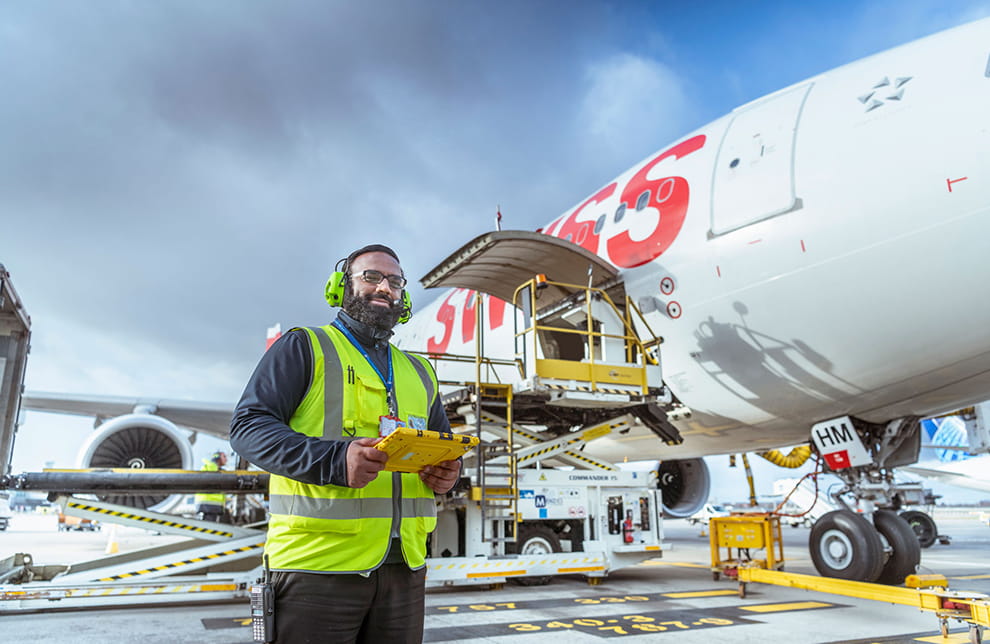In the ever-evolving landscape of aerospace security, the threat posed by Unmanned Aerial Systems UAS has become increasingly significant. As the utilization of drones expands across various industries, so too does the potential for misuse, whether for espionage, terrorism, or other nefarious activities. To address this threat, effective monitoring and detection systems are essential components of aerospace counter-UAS strategies. One key approach in countering UAS threats is through red teaming exercises, which simulate real-world scenarios to assess vulnerabilities and test existing defenses. In such exercises, comprehensive surveillance capabilities are paramount for early detection and response. Skyline surveillance, a term coined to describe the aerial monitoring of airspace, plays a critical role in these endeavors. At its core, skyline surveillance involves the systematic observation of airspace using a variety of sensors, including radar, electro-optical cameras, infrared detectors, and acoustic sensors. These sensors are strategically deployed across an area of interest, such as an airport, military base, or critical infrastructure site, to provide comprehensive coverage of the airspace.

The data collected by these sensors are then processed in real-time using advanced algorithms to identify and track potential UAS threats and contact aevex for custom aerospace drone defense systems. Radar remains one of the primary tools in skyline surveillance due to its ability to detect objects at long ranges and in various weather conditions. However, radar alone may not provide sufficient information for threat assessment. Therefore, integrating multiple sensor modalities enhances the overall detection capabilities. Electro-optical cameras offer high-resolution visual data, while infrared detectors excel in detecting heat signatures, particularly useful for identifying UAS operating at low altitudes or in obscured conditions. In addition to passive sensors, active countermeasures such as acoustic sensors can provide valuable supplementary data. Acoustic sensors detect the distinct sound signatures of UAS propulsion systems, enabling rapid identification and tracking even in situations where visual or radar detection is challenging. Furthermore, acoustic sensors can aid in differentiating between legitimate and unauthorized UAS, reducing the likelihood of false alarms. The data fusion process lies at the heart of effective skyline surveillance.
By integrating information from multiple sensors, redundant detections can be minimized, and the accuracy of threat assessments is greatly enhanced. Advanced data fusion algorithms employ machine learning and artificial intelligence techniques to analyze sensor data in real-time, automatically identifying and prioritizing potential threats based on predefined criteria such as size, speed, and flight trajectory. In the context of red teaming exercises, skyline surveillance serves as a critical tool for evaluating the effectiveness of existing counter-UAS measures. By simulating realistic threat scenarios, red teams can assess how well surveillance systems detect and track intruding UAS, providing valuable insights into areas for improvement. Moreover, red teaming exercises allow security personnel to test response protocols and coordination mechanisms, ensuring a coordinated and effective reaction to UAS threats in real-world situations. Looking ahead, the continued development of skyline surveillance technologies will be essential in staying ahead of evolving UAS threats. Advances in sensor technology, data processing algorithms, and integration capabilities will further enhance the effectiveness and reliability of aerial monitoring systems. Additionally, collaboration between government agencies, research institutions, and industry stakeholders will be crucial in driving innovation and addressing emerging challenges in aerospace security.

